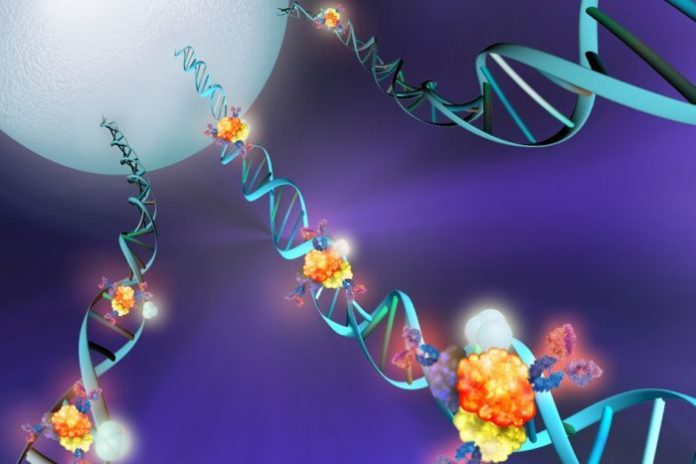
One of only four medical illustrators in Australia is hoping to keep the niche field alive by moving into 3D modelling and animation.
Madeleine Kersting Flynn helps doctors and researchers present their work in pictures.
Hailing from the US, Ms Kersting Flynn has been an illustrator for QIMR Berghoffer — a medical research institute in Brisbane — for the past 11 years.
Students, scientists and medical professionals throughout the world use her drawings.
Ms Kersting Flynn first heard about the profession when she was a teenager and was hooked ever since.
“I used to do traditional media like watercolour and pen and ink, then computers came along and nearly everything is done on the computer,” she told 612 ABC Brisbane’s Sarah Howells.
“I like to do half and half, I like to draw and then scan onto the computer and add special effects on the computer.”
Ms Kersting Flynn has adopted 3D modelling and animation as technology has developed.
“Traditionally the drawings are used for journals and for papers that the scientists write,” she said.
“It is important as the drawings can [often be] the tipping point to [help] give their research a step up.
“[The artform] is definitely dropping off these days [with more] photography used.”

All in a day’s work using both sides of the brain
Unlike other artwork, medical illustrators use both sides of their brain.

“Not many people like doing that,” Ms Kersting Flynn said.
“There is a creative side to medical illustration; on one hand you can’t draw three arteries where there should be two, but on the other hand you can use your creativity in different ways.
“There is a lot of problem-solving with medical and scientific illustration, it is all about communication to get the point across.”
Ms Kersting Flynn said the art form was challenging as illustrations have to be factual but also attractive to the eye.
“The things that go on in the human body at a cellular level is complex and you have to think of a way to take all the pieces and processes and bring them together so it’s not a dogs breakfast,” she said.
Drawing dead people since she was 16
From drawing cells to the organs of dead people, Ms Kersting Flynn said the passion for her work has never faded.
“I’ve always loved biology and I’ve loved to draw,” she said.
“My friend told me about the career when I was 13-years-old and I’ve never looked back.
“I haven’t lost my passion for it since day one.
“When I went to university [undertaking] an undergraduate degree in medical illustration, we had 12 people start and only four people graduate.”
She drew her first dead person when she was 16.
“When I first entered a cadaver lab, I was lucky as they took me under their wing and the doctors would give me little assignments … I guess I’m just naturally attuned to it,” she said.
“I had drawn about every dissected animal in our high-school, so I was used to seeing livers and organs on a smaller scale.”
After-hours, the talented artists draws vintage styled art using acrylic paint based on ads and wallpapers from the 1930s and 1950s
“I love it as people had more style back then, especially with clothing, it was made with such good material.”
